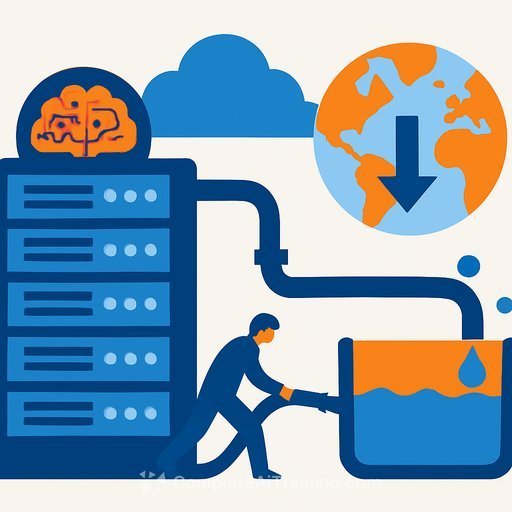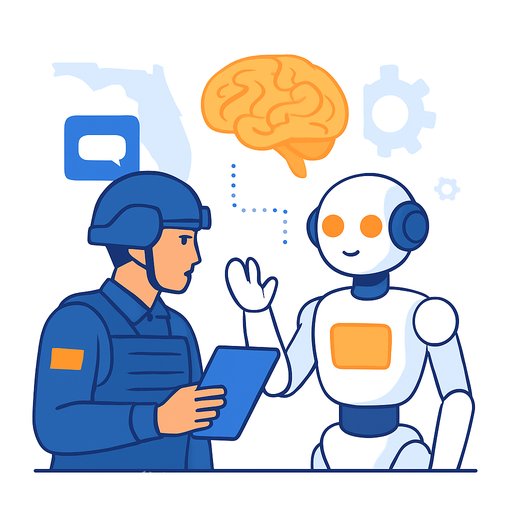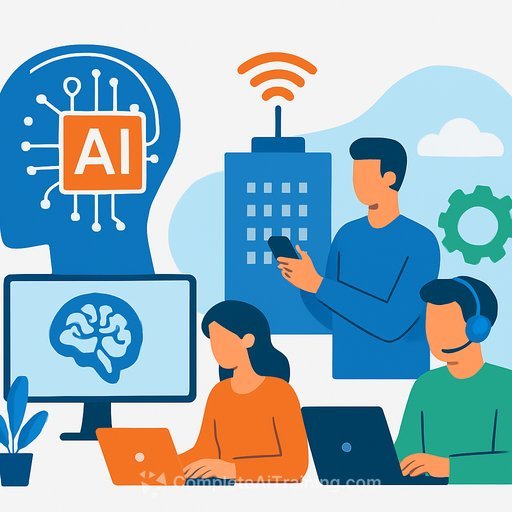UPS Worldport Boosts Efficiency with AI and Machine Learning
UPS Worldport, the air hub at Louisville Muhammad Ali International Airport, ranks as the third-busiest cargo airport in the US. Spanning 5.2 million square feet, it employs over 20,000 people and handles roughly 560,000 packages per hour.
Until recently, asset tracking at Worldport depended on manual processes prone to errors. Communication between load planners and ground crews used land mobile radios, requiring close physical proximity and limiting centralized control. This setup restricted visibility and operational efficiency.
Introducing the Gateway Technology Automation Platform (GTAP)
In June 2023, UPS launched the Gateway Technology Automation Platform (GTAP) to address these challenges. This platform uses AI and machine learning to automate manual tasks, optimize resource use, and centralize exception management. GTAP identified $13.5 million in savings in 2024, with projections reaching $24 million in 2025. Beyond cost reductions, it improves on-time performance, operational safety, and customer service.
Digitizing Asset Tracking with Smart Unit Load Devices (ULDs)
Unit Load Devices (ULDs) are containers for freight and mail on aircraft. UPS manages over 60,000 ULDs worldwide. Previously, tracking and coordinating ULDs, aircraft fueling, maintenance, and weight distribution relied heavily on radio communications.
UPS developed smart ULDs by embedding sensors and advanced communication tools, enabling precise global tracking and real-time location updates. Designing these sensors posed challenges, including the need for frequent updates, shock resistance, battery longevity, and compliance with FAA and FCC regulations. UPS engineered a power management system to extend battery life without frequent recharging and worked closely with regulators to certify the technology.
Improving Communications with Ramp Chat
To replace land mobile radios, UPS created Ramp Chat, a mobile communication platform. It centralizes load planning and supports multiple carriers and backup protocols to ensure reliable communication. This advancement, combined with smart ULDs, allows UPS to apply AI and machine learning across operations.
Algorithms now determine the optimal positioning of tugs (freight transfer vehicles) to load and unload ULDs efficiently. AI also assists in balancing aircraft weight and predicting where additional ULD inventory will be required globally.
Keys to Successful Implementation
UPS credits the success of GTAP to a product management approach and lean agile practices, enabling quick learning and rapid feature delivery. The focus remained on business needs rather than technology alone. By aligning technology investments with operational goals—such as better communication and cost reduction—UPS ensured meaningful impact.
Effective stakeholder communication played a crucial role. Overcommunication, comprehensive training, and fostering safety around change helped gain support and smooth adoption of new processes.
Conclusion
UPS Worldport’s journey shows how integrating AI and machine learning with smart assets and modern communication can significantly improve logistics operations. For operations professionals, this highlights the value of combining technology with clear business objectives and strong change management.
To explore how AI and automation can enhance your operational workflows, consider checking out automation courses and latest AI training available at Complete AI Training.
Your membership also unlocks:





